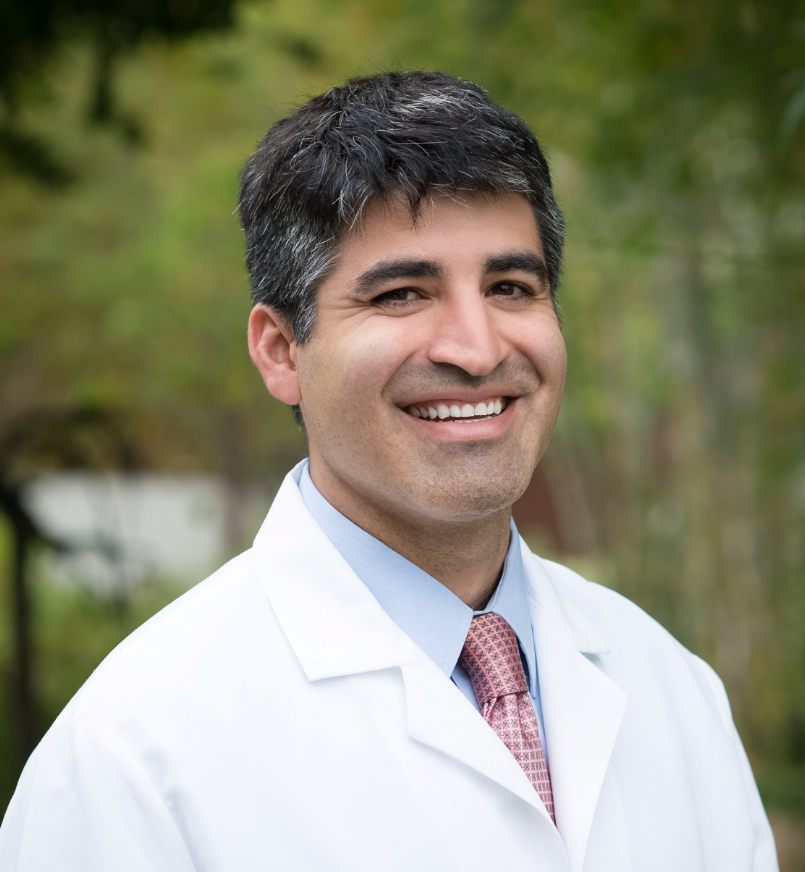Nivolumab Plus AVD Confers PFS Benefit for Treatment of Advanced-Stage Hodgkin Lymphoma
Patients with advanced-stage Hodgkin lymphoma who received nivolumab plus AVD experienced a 1-year estimated progression-free survival rate of 94% meeting the primary end point of the phase 3 SWOG S1826 trial.
Alex F. Herrera, MD

Nivolumab (Opdivo) elicited a progression-free survival benefit (PFS) vs brentuximab vedotin (Adcetris) when given in combination with doxorubicin, vinblastine, and dacarbazine (AVD) for patients withadvanced-stage classical Hodgkin lymphoma (cHL), according to findings from the phase 3 SWOG S1826 trial (NCT03907488).
The findings, presented in a press briefing at the 2023 ASCO Annual Meeting, showed that at a median follow-up of 12.1 months, patients who received nivolumab plus AVD (n = 489) experienced a 1-year estimated PFS rate of 94% (95% CI, 91%-96%) compared with 86% (95% CI, 82%-90%) among patients treated with brentuximab vedotin plus AVD (n = 487; HR, 0.48; 99% CI, 0.27-0.87; 1-sided log-rank P = .0005). Importantly, nivolumab plus AVD improved PFS compared with brentuximab vedotin plus AVD across subgroups.
“At the second planned interim analysis, the primary PFS end point crossed the protocol-specified statistical boundary, signifying that the trial had met its primary end point,” Alex F. Herrera, MD, an associate professor in the Division of Lymphoma of the Department of Hematology & Hematopoietic Cell Transplantation at City of Hope in Duarte, California, said during the press briefing. “Nivolumab/AVD reduced the risk of disease progression or death by [approximately] half.”
SWOG S1826 was an open-label trial that enrolled patients with newly diagnosed stage III or IV cHL. Patients were randomly assigned 1:1 to receive either nivolumab at 240 mg on days 1 and 15 or brentuximab vedotin at 1.2 mg/kg on days 1 and 15. Both arms also received AVD on days 1 and 15, and treatment lasted for 6 cycles in each arm. Granulocyte colony–stimulating factor (G-CSF) use was optional in the nivolumab arm and required in the brentuximab vedotin arm.
Patients were stratified by age (12-17 vs 18-60 vs > 60), International Prognostic Score (IPS; 0-3 vs 4-7), and if end-of-treatment radiotherapy was intended (yes vs no). The primary end point was PFS. Secondary end points included event-free survival, overall survival, complete response rate, and patient-reported outcomes.
“SWOG S1826 was a representative trial,” Herrera said. “A quarter of patients were under the age of 18 [years, and] 10% of patients were over the age of 60 [years]. A quarter of patients were Hispanic or Black. We had quite good representation from higher-risk clinical subgroups, more so than in [other] modern trials. This was a real-world trial. That's the strength of the cooperative groups, you can enroll patients from all over the country out in the community.”
Subgroup efficacy data showed that the PFS benefit with nivolumab plus AVD over brentuximab vedotin plus AVD was consistent across subgroups, including age, IPS, and disease stage. The benefit was most pronounced among patients over 60 years of age (HR, 0.27; 95% CI, 0.10-0.76; P = .013), those with an IPS of 4 to 7 (HR, 0.40; 95% CI, 0.19-0.84; P = .015), and those with stage IV disease (HR, 0.44; 95% CI, 0.26-0.75; P = .003).
Safety findings from the study revealed that the most common any-grade adverse effects (AEs) in the nivolumab arm (n = 483) included neutropenia (55%), increased alanine transaminase (32%), and sensory neuropathy (29%). These AEs occurred at any-grade at rates of 32%, 41%, and 55%, respectively, in the brentuximab vedotin arm (n = 473).
Eleven percent of patients stopped treatment with nivolumab compared with 22% who ceased treatment with brentuximab vedotin. G-CSF was received by 54% and 95% of patients in the nivolumab and brentuximab vedotin arms, respectively. Radiotherapy was given to 0.4% and 0.8% of patients, respectively.
“There was certainly more bone pain in the brentuximab vedotin arm, [which was] associated with [G-CSF] use,” Herrera said. “Most importantly though, there was no increase in infectious toxicity, even though there was more neutropenia in the nivolumab/AVD arm.”
“SWOG S1826 was a key step towards harmonizing pediatric and adult therapy of Hodgkin lymphoma,” Herrera said. “Based on these data, nivolumab ABD is poised to be a new standard therapy for advanced stage Hodgkin lymphoma.”
Reference
Herrer AF, LeBlanc ML, Castellino SM, et al. SWOG S1826, a randomized study of nivolumab(N)-AVD versus brentuximab vedotin(BV)-AVD in advanced stage (AS) classic Hodgkin lymphoma (HL). J Clin Oncol. 2023;41(suppl 17):LBA4. doi:10.1200/JCO.2023.41.16_suppl.LBA4


